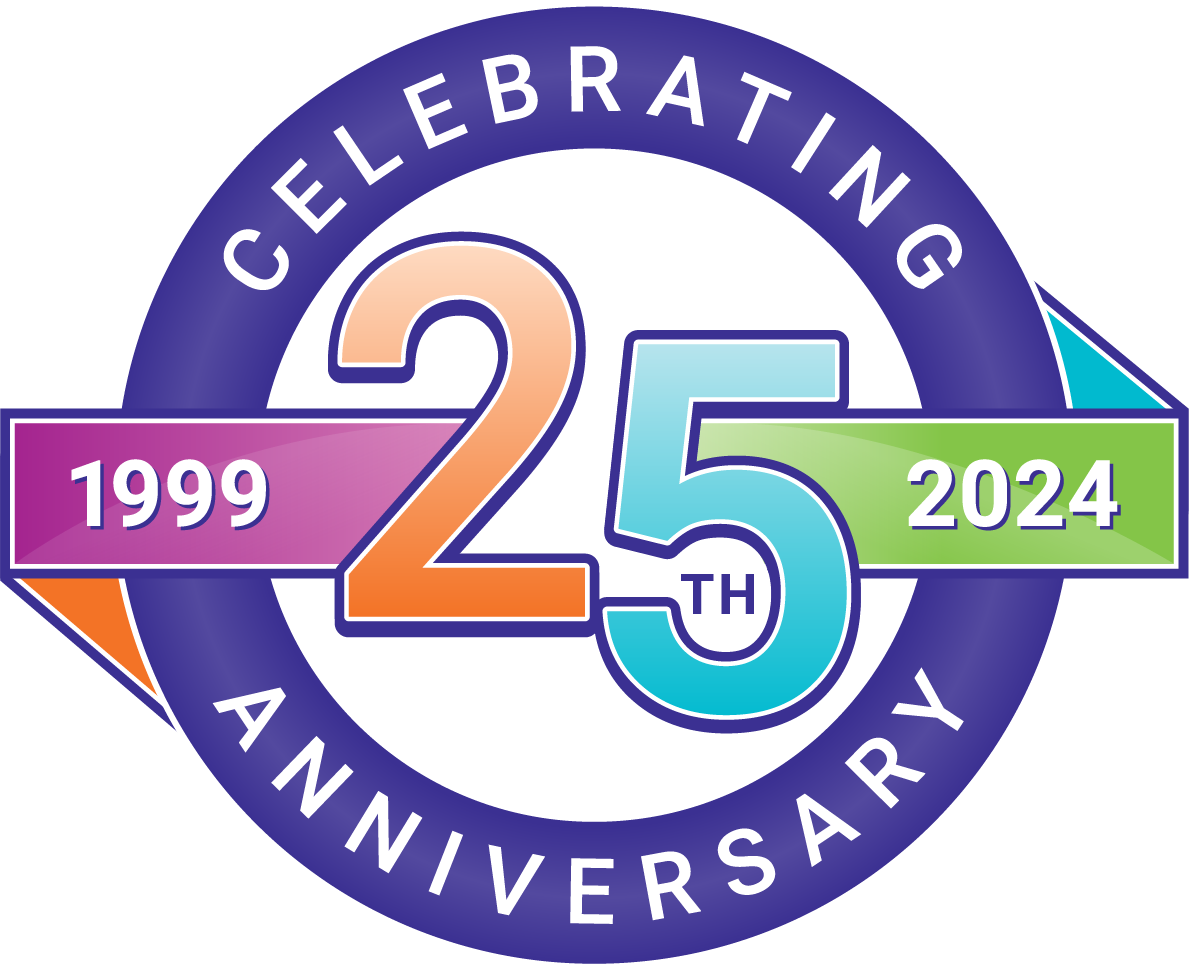Build Search Strings
For efficient searching, use the keywords you just identified to build a search string using one or more of the following techniques.
To learn how, watch the two video tutorials, and then read the information below.
Building Search Strings, Part 1 Building Search Strings, Part 2
Boolean Operators
The results of performing Boolean searches are sometimes illustrated by Venn diagrams. The diagrams show graphically how using the AND operator narrows a search, using the OR operator broadens a search, and using the NOT operator excludes material from a search. The green section in each diagram represents the results for each search.
| Operator | Example | The search will find... | Venn diagram results |
|---|---|---|---|
| AND | "north carolina" AND prohibition | items containing both "North Carolina" and "prohibition." AND narrows a search, resulting in fewer hits. |
|
| OR | zimbabwe OR rhodesia | items containing either "Zimbabwe" or "Rhodesia" or both. OR broadens a search, resulting in more hits. |
|
NOT |
mexico NOT "new mexico" | items containing "Mexico" but not "New Mexico." NOT narrows a search. Caution! It's easy to exclude relevant items. |
|
Phrase Search
When you do a phrase search, you'll be able to locate pages in which those words appear together in that order. To do a phrase search, type the exact phrase you're looking for surrounded by quotation marks.
- Example: A search for "Ernest Hemingway" will retrieve articles about Ernest Hemingway but not some other Ernest or some other Hemingway.
- Example: A search for "chronic fatigue syndrome" will retrieve articles about the illness chronic fatigue syndrome but not some other chronic or fatigue or syndrome.
Truncation & Wildcards
Using special symbols within a word allows you to improve the quality and number of hits you receive with a search.
A symbol at the end of a word stem provides for all variants on the word stem. The most commonly used symbol is the asterisk (*).
- Example: A search for educat* will retrieve educate, educating, education, educational, educator, educators, etc.
A symbol within a word provides for all possible variants inside a word or word stem. The most commonly used symbols for internal truncation are #, ? and ! Check with the resource you are using to see which symbols it uses.
- Example: A search for wom#n will retrieve woman and women
Nesting
Combine parentheses with Boolean operators to control a search. The way you group your expressions within the search will determine the results you get back. Use parentheses to clarify relationships between search terms.
- Example: A search for (television OR "mass media") AND women will retrieve all records that have the word women and also the word television or the phrase mass media
- Example: A search for (automobile OR car) AND sales will retrieve all records that have the word sales and also the word automobile or car
Next => Now that you have a search strategy, it is time to plan possible sources.


